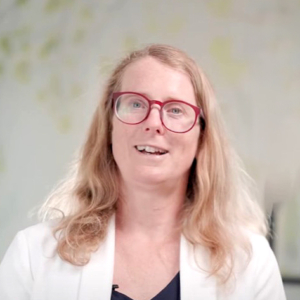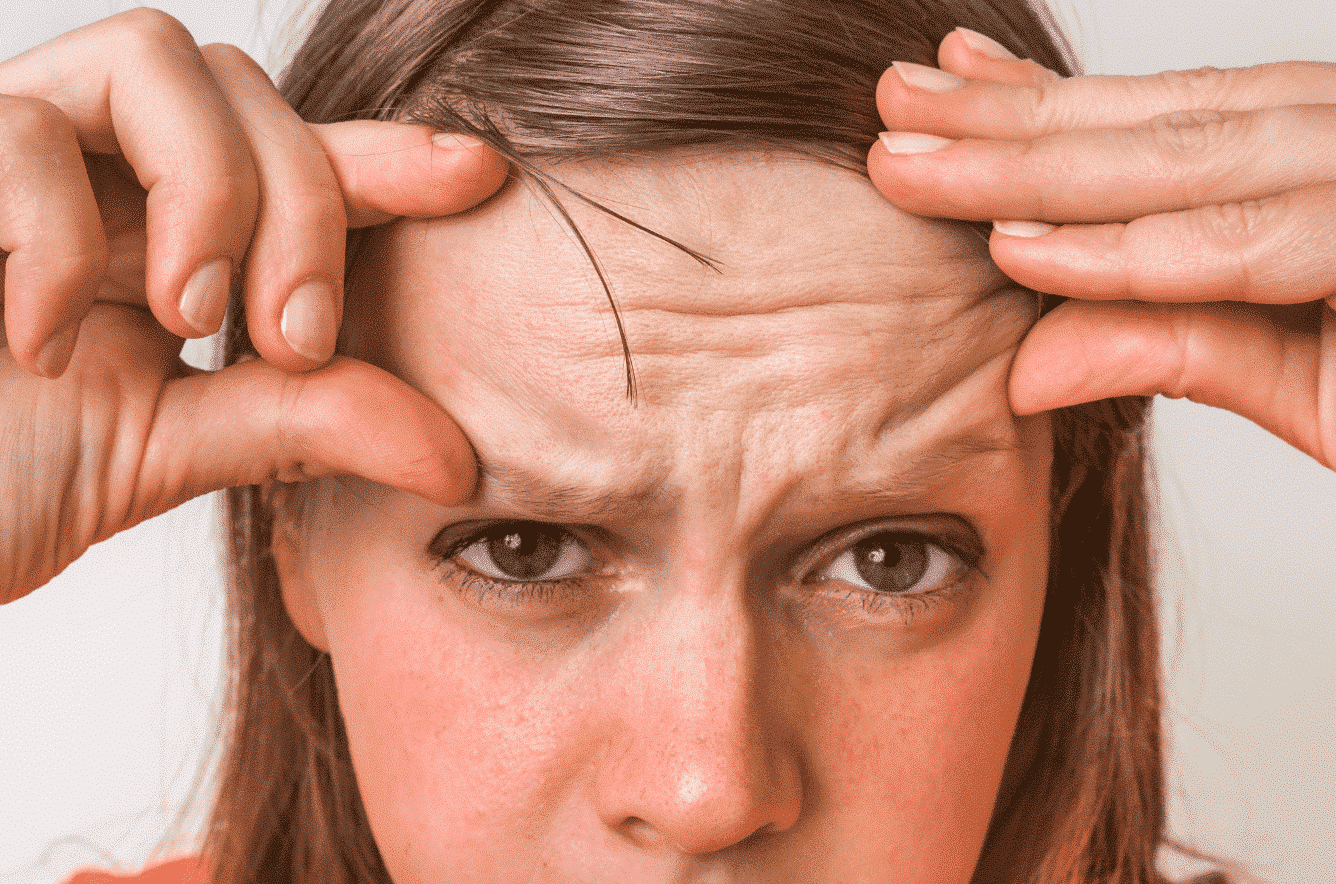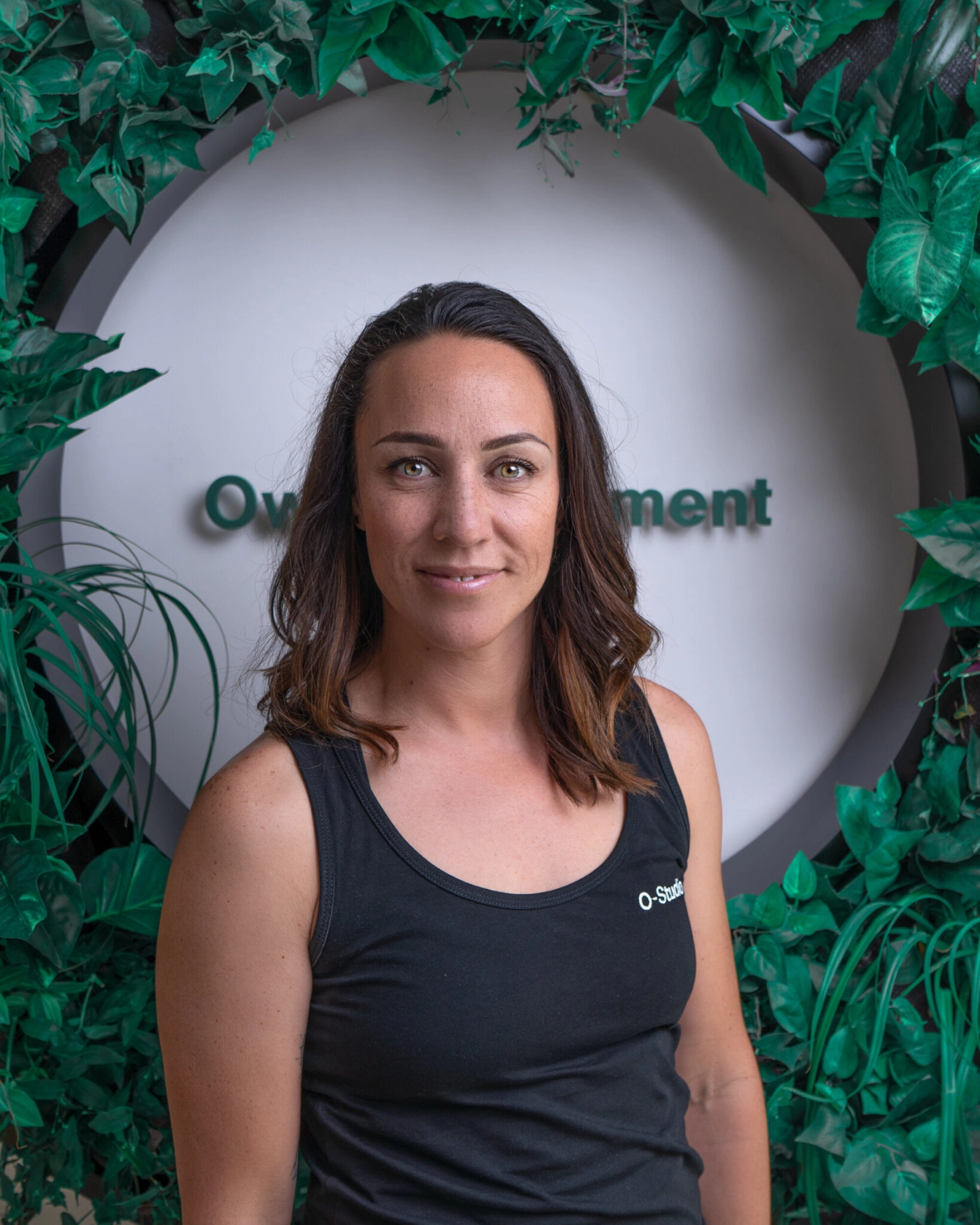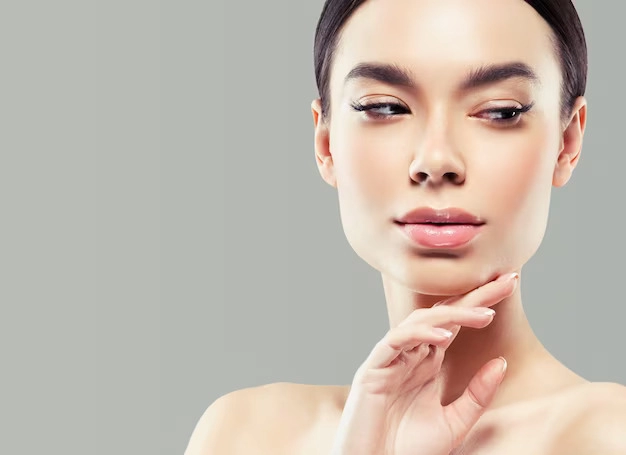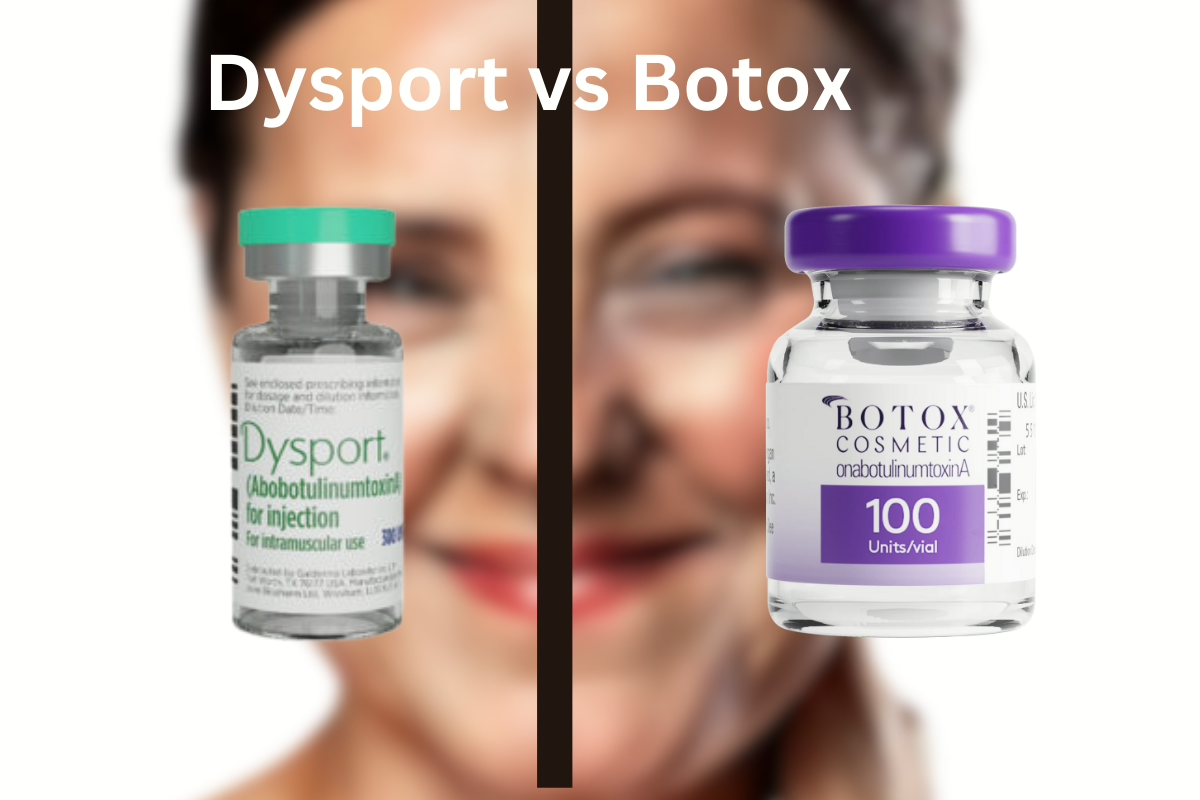
Dysport vs Botox: What’s the difference?
Wondering whether Dysport or Botox is better for you? This guide compares Dysport vs Botox on effectiveness, speed, cost, and usage to help you decide.
Key Takeaways
- Botox and Dysport are FDA-approved treatments that help reduce wrinkles by relaxing facial muscles. Botox injections and Dysport injections are effective in cosmetic procedures, with results typically seen within seven to 14 days and lasting between three to six months.
- Dysport works faster, showing results within 24 hours, and is better for treating larger areas. Botox is better for treating smaller areas, making it great for precise treatments. Dysport lasts longer.
- When comparing costs, Dysport and Botox are generally similar. However, their units are measured differently—2.5 units of Dysport equal 1 unit of Botox. This difference can sometimes cause confusion about pricing.

Quick summary Dysport vs Botox in a table
| Dysport | Botox | |
|---|---|---|
| When does it start to work? | Sometimes after 2 days | 3 to 4 days |
| How long will it last? | 3 to 4 months | Often 3 months |
| The cost for the forehead, frown lines and crows feet | $550 to 650 | $550 to 650 |
| The cost for the forehead | $165 to 330 | $165 to 330 |
| The cost for crows feet | $165 to 330 | $165 to 330 |
| Which one spreads better under the skin? | + | +++ |
| Where does it come from? | Ipsen in France | Allergan in Ireland |
| Is it FDA approved? | Yes | Yes |
| Is it safe? | Few side effects | Possibly more side effects |
| What is in it? | Onabotulinumtoxin | Abobotulinumtoxin |
Understanding Botulinum Toxin
Injectable treatments like Botox and Dysport, which are forms of botulinum toxin injections, are popular for reducing wrinkles and fine lines. They temporarily relax facial muscles by blocking nerve signals that cause muscle movement. This process helps smooth out the skin on top of the more relaxed muscle.
These treatments are a non-surgical way to refresh your appearance. Most people start seeing results within 72 hours, with full effects appearing in one to two weeks. The results usually last between three to four months. Additionally, these treatments are a non invasive treatment option, providing effective results without the need for surgical intervention.
Botox and Dysport not only soften existing wrinkles but can also help prevent new ones from forming. This makes them a great option for maintaining a more youthful look over time.
Botox: The Best-Known Brand
Botox has been on the market the longest and is the most well-known form of botulinum toxin type A. However, many cosmetic clinics no longer use it as frequently because it takes longer to show results and doesn’t last as long compared to newer alternatives.
Botox has the advantage of minimal spread, making it ideal for precise, targeted treatments. This allows practitioners to focus on specific areas with greater control, reducing the risk of affecting surrounding muscles. Additionally, Botox is effective in treating severe frown lines, which has been recognized by the FDA for improving the appearance of moderate to severe frown lines and crow’s feet in adults.
For example, some areas in the lower face have very small muscles that are surrounded by other facial muscles. If the Botox spreads into one of these surrounding muscles, it can cause problems with the movement of your lip or other parts of the face. To avoid this, some practitioners use Botox instead of Dysport.
Dysport: A More And More Popular Alternative
Dysport injections are becoming increasingly popular in cosmetic clinics and are now likely used more often than traditional Botox due to their advantages. Many doctors prefer it for treating the forehead, as it spreads more easily, allowing for fewer injection points while still delivering smooth, natural-looking results.
Dysport is particularly effective for treating severe forehead lines, providing a non-invasive solution for moderate to severe wrinkles in this area.
Key Differences Between Botox and Dysport
Both Botox and Dysport are formulated from the botulinum toxin-A protein that blocks muscle contractions leading to facial wrinkles. Several key differences distinguish them. The concentration and dosage of the two treatments vary. With Dysport being less concentrated, it typically necessitates three times more units than Botox to achieve similar outcomes.
They differ in how quickly and how long their effects last. Visible results from Dysport tend to appear faster—within one to three days post-treatment—whereas Botox’s effects can take a bit longer to manifest. While studies indicate that Dysport may offer extended longevity for some areas like the forehead compared with Botox’s typical duration of three to four months, these variations are important factors for patients considering treatment timelines and desired results.
Dysport also has a propensity for greater diffusion after injection, which is particularly beneficial when addressing broader areas such as across the forehead. This characteristic calls for an injector with considerable expertise for precise application. In contrast, the focused effect of Botox injections is more suitable when targeting smaller regions needing specific attention, such as crow’s feet around the eyes and glabellar lines between the eyebrows.
The distinctions between how widely they spread mean choosing between either option should be informed by individual preferences based on expected experiences and outcomes associated with each product’s unique properties.
Botox versus Dysport For The Lower Face
Botox injections are often the preferred choice for treating the lower face because they stay more localized after injection, providing precision and effectiveness. This precision is especially important in areas with many small, delicate muscles, like around the mouth. For example, some people use Botox to lift the corners of the mouth, reducing a downturned or sad-looking expression.
Since Botox doesn’t spread as much, it allows for controlled, targeted results. This helps avoid unwanted effects, like weakening nearby muscles that control natural expressions or speech. Dysport, on the other hand, spreads more easily after injection. While this can be an advantage in larger areas like the forehead, it’s less ideal for the lower face. If Dysport spreads too much, it could affect nearby muscles, causing unintended movement, such as the lips lifting or a slight asymmetry in facial expressions.
For precise treatments around the mouth, Botox provides more predictable and controlled results, often making it the better option in these cases.
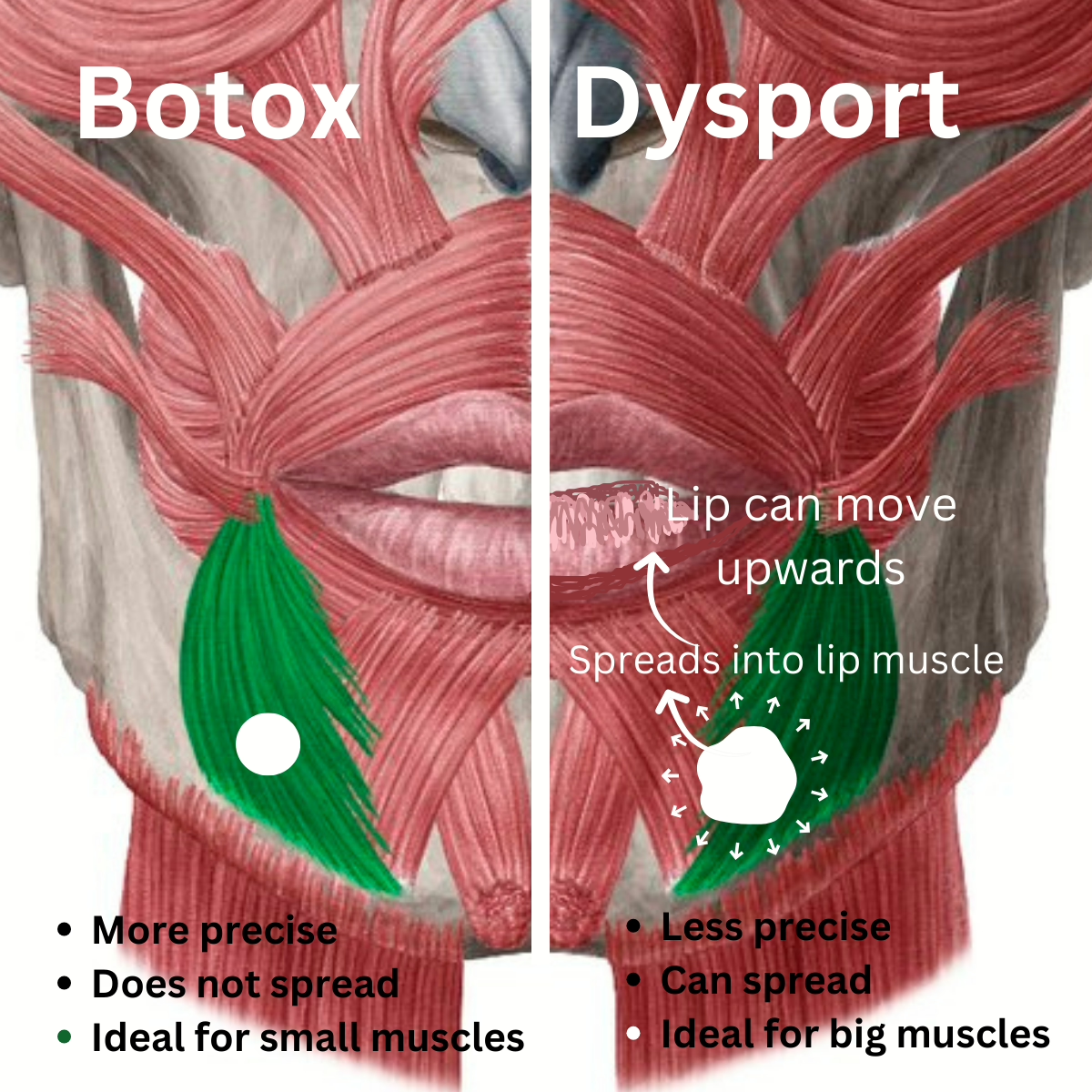
Botox versus Dysport for the forehead lines
For the upper face, such as the forehead, Dysport is often the better option for treating forehead lines. The forehead muscle is large, so a product that spreads more can provide a smoother, more natural result with fewer injection points. Since Dysport diffuses more easily, it can cover a wider area, reducing the number of injections needed while still effectively relaxing the muscles and softening wrinkles. This can lead to a more even and natural look. Botox, on the other hand, stays more localized, which is great for precision but may require more injections to cover the same area.

Dysport: A More And More Popular Alternative
Dysport is becoming increasingly popular in cosmetic clinics and is now likely used more often than traditional Botox due to its advantages. Many doctors prefer it for treating the forehead, as it spreads more easily, allowing for fewer injection points while still delivering smooth, natural-looking results. Dysport also helps achieve a more youthful appearance.
Dysport tends to last longer and starts to work sooner, making it a better choice.
Other Key Differences Between Botox and Dysport
Botulinum neurotoxin A was first developed for medical treatments and later used for cosmetic purposes. Botox was introduced first, followed by Dysport. Additionally, Botox is also used to treat excessive sweating.
These two products are not measured the same way because of key differences:
- The U.S. and U.K. used different testing methods, so their unit measurements don’t directly match.
- The formulas contain different amounts of a stabilizing protein called serum albumin—500 micrograms in Botox and 150 micrograms in Dysport.
- The structure of the toxin complex is also different. Botox has a larger, more uniform structure (900 kDa), while Dysport has a smaller, more varied structure (500 kDa). This makes Dysport spread more easily than Botox (smaller size particles spread more easily under the skin).
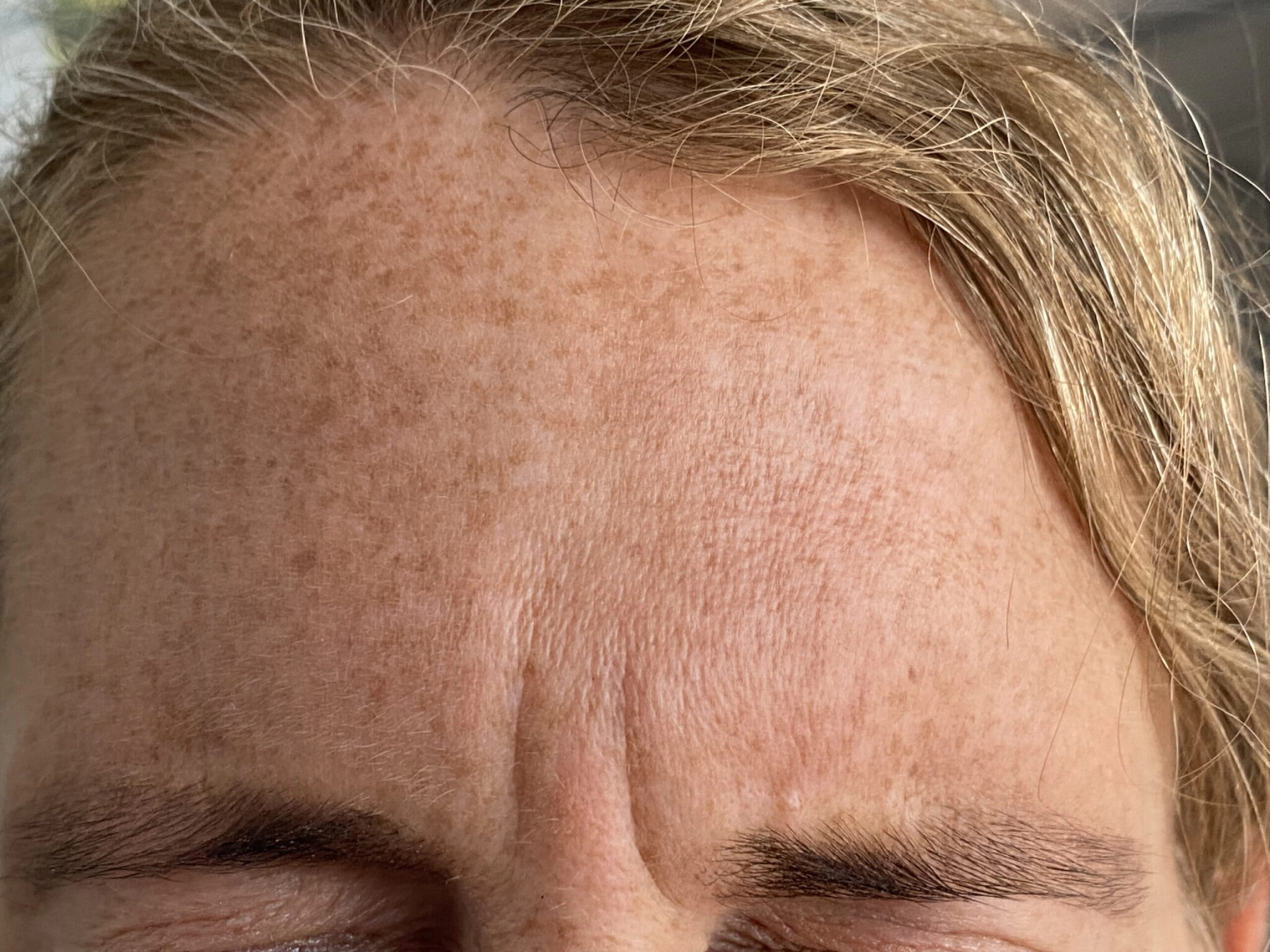
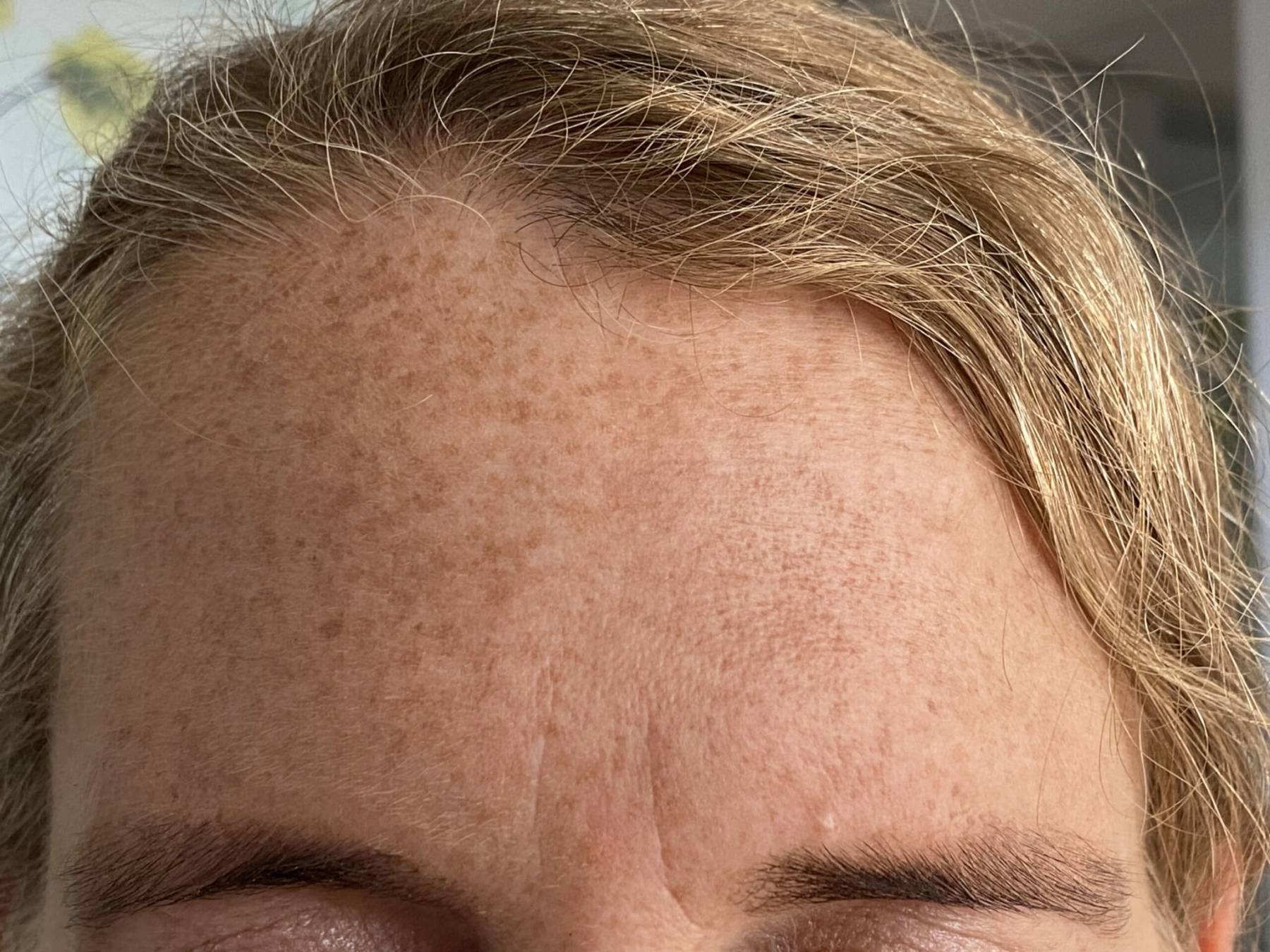
Treatment Areas and Effectiveness
The way Botox and Dysport work can vary depending on the area being treated and a person’s unique facial structure.
Because Botox spreads less, it works best for small, precise areas like the crow’s feet or areas around the lips. Its ability to stay in one spot makes it a great choice for areas that require careful, targeted treatment.
Dysport, on the other hand, spreads more after injection, making it ideal for larger areas like the forehead. It is particularly effective for treating severe forehead lines and glabellar lines. Since it covers more space, fewer injections are needed, which can make the procedure quicker and more comfortable. Dysport also tends to create a softer, more natural look, which some people prefer.
The choice between Botox and Dysport depends on personal goals and the specific muscles being treated. Some may prefer Botox for its precision, while others may like Dysport’s ability to smooth out larger areas with fewer injections.
Injection Site Procedure and Recovery
Before getting Botox or Dysport, it’s important to have a consultation with a skin specialist. They will examine your wrinkles and create a treatment plan that works best for you.
Both Botox and Dysport treatments are quick, usually taking less than 30 minutes, making them ideal for busy schedules. During the procedure, you might feel a small pinch when the injection is given. Some people find that Dysport stings slightly more than Botox.
After the treatment, it’s important to avoid direct sunlight and not touch or rub the treated area for at least 24 hours. This helps prevent the product from spreading to unintended areas. Most people can return to their normal activities right away with little to no downtime.
For the best results, following post-treatment care is essential. Avoid massaging or pressing on the treated area, especially within the first day, to keep the product from moving to nearby muscles. By following these simple aftercare steps, you can ensure better results and a smooth recovery.
Side Effects and Safety
Botulinum toxin injections, including Botox and Dysport, can cause some side effects, but they are usually mild. Common reactions include slight pain, swelling, or redness at the injection site, as well as mild headaches. Some people may also experience minor bruising or discomfort after the procedure.
Serious side effects are rare but can include muscle weakness or vision problems. In very rare cases, some individuals may have an allergic reaction, with symptoms like trouble breathing or facial swelling. If this happens, immediate medical help is needed. Before getting treatment, it’s important to talk to your doctor about any health conditions and understand the possible risks.
Both Botox and Dysport are FDA-approved, meaning they are safe and effective when used correctly. Some studies suggest that Dysport may have a slightly higher risk of side effects, but in cosmetic treatments, this difference is likely very small. To minimize risks and get the best results, always choose a highly trained and board-certified professional for your injections.
Cost Comparison
Cost is an important factor. Dysport typically costs $4 to $6 per unit, while Botox Cosmetic costs around $10 to $25 per unit. But do keep in mind that one unit of Botox equals approximately 2.5 units of Dysport. This means that usually, the prices are very similar for both products. The average cost for a Botox or Dysport session is around $200 to $600.
Though Dysport units are cheaper, overall treatment costs can be comparable due to differences in potency and dosage. Total treatment cost is influenced by the number of areas treated, as more areas require more units, increasing costs.
Combining Treatments for Enhanced Results
You can combine dermal fillers with Botox or Dysport in one treatment session. This can help enhance your overall results, as the fillers add volume and the Botox or Dysport smooths out wrinkles. However, it’s best to avoid other treatments, like facials, on the same day as your injections. Giving your skin time to heal and focusing on the treatments you’ve had will help you get the best results. Combining these treatments can also help achieve a more youthful appearance.
Summary
Both Botox and Dysport are highly effective in diminishing the appearance of fine lines and wrinkles, though each possesses unique benefits. Botox injections are particularly suitable for targeting smaller regions such as around the eyes or mouth due to their precision-focused formulation that can meticulously tackle lip lines and crow’s feet. The results of Botox injections typically become visible within seven to 14 days and can last from three to four months.
Conversely, Dysport injections excel in addressing broader facial zones like the forehead because they disperse more extensively across a larger area, which may result in swifter outcomes with a subtler enhancement. Dysport injections are a non-surgical, non-invasive procedure that temporarily reduces wrinkles and offers the advantage of quicker diffusion, covering larger areas for a more natural appearance.
When determining whether to opt for Botox or Dysport for cosmetic improvement purposes, you must consider your specific needs regarding areas requiring treatment as well as personal aesthetic aspirations.
It is crucial to seek guidance from an experienced injector who holds board certification in cosmetic medicine so they can tailor your treatment precisely according to your objectives. An understanding of the distinct advantages and possible adverse effects associated with each option will aid you in making a decision that aligns perfectly with your wishes for retaining a rejuvenated visage.
Book Your Appointment at Satini Cosmetic Clinic
Ready to enhance your youthful appearance with our range of injectable treatments? At Satini Cosmetic Clinic, we offer a variety of options, including Botox, Dysport, and Xeomin, to help you achieve your aesthetic goals.
Whether you’re looking to diminish frown lines, crow’s feet, or severe forehead lines, our doctors will guide you through a thorough consultation to determine the best treatment option for you. We prioritize your safety and satisfaction, ensuring that each procedure is conducted with extensive knowledge and precision.
Don’t wait to achieve the refreshed, more youthful look you desire. Book your appointment today.
Frequently Asked Questions
How quickly can I see results from Botox and Dysport treatments?
You can see Botox results within one to two weeks, while Dysport may show noticeable effects as quickly as 24 hours, with optimal results within two to three days.
How long do the effects of Botox and Dysport last?
The effects of Botox and Dysport typically last between three to six months.
However, Dysport may provide longer-lasting results in specific areas like the forehead.
What are the primary differences between Botox and Dysport?
Botox and Dysport differ primarily in concentration, dosage, onset time, and spread; Dysport tends to spread more widely and deliver quicker results.
Ultimately, the choice between the two may depend on individual preferences and specific treatment goals.
Are there any side effects associated with Botox and Dysport?
Yes, Botox and Dysport can cause common side effects such as pain, swelling, and headaches at the injection site, as well as more serious effects like muscle weakness and vision disturbances.
It’s important to discuss these potential risks with your healthcare provider.
How much do Botox and Dysport treatments cost?
Botox treatments generally cost between $10 to $25 per unit, averaging around $600 per session, while Dysport ranges from $4 to $6 per unit, with average sessions around $450.
Ultimately, total costs may be similar depending on dosage variations.


